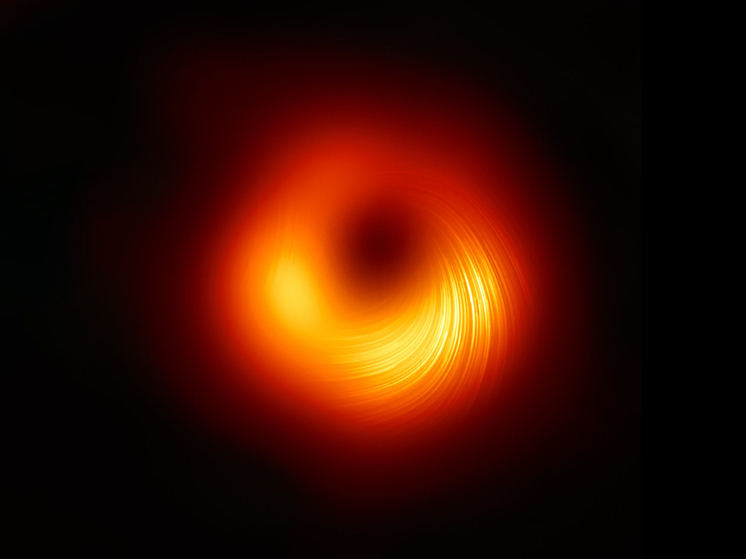The space-time region will help study the cosmos of the past
By traveling back in time through black holes, astronomers want to learn more about the first stars of the Universe, known as third population stars.

Shortly after the Big Bang, the first stars formed, consisting mainly of hydrogen and helium. The third population stars were huge, extremely hot, and short-lived. They synthesized elements heavier than hydrogen and helium and played a crucial role in the formation of subsequent stars and galaxies. However, their direct detection remained beyond the reach of our telescopes due to their enormous distances.
A team of researchers from the University of Hong Kong has developed a method to detect these first stars. The team, led by Professor Jane Lixin Dai, discovered that such population stars can be torn apart by tidal forces when they get too close to a massive black hole. This event, known as tidal disruption, results in bright flashes that can be seen billions of light years away.
The researchers showed that these distant flares are characterized by increased duration due to the expansion of the Universe and their redshift when they reach Earth. The emitted photons are stretched along their long path, which increases the time it takes for the flares to appear and decay. These features make it possible to distinguish tidal disturbances in Population III stars from later stars.
NASA's James Webb and Nancy Grace Space Telescopes are especially well equipped to detect these infrared emissions. They allow simultaneous observation of most of the sky and exploration of the depths of the early Universe.
Astronomer Janet Chang believes that the telescope could detect several dozen such events each year if the appropriate observing strategy is implemented.
These achievements open up prospects for understanding the origin of the first stars in the Universe and the processes of formation of heavy elements. However, challenges remain, including the need to optimize observing strategies and confirm whether there are signs of tidal disturbances in the data.
Around any black hole there is also an imaginary boundary called an event horizon. This boundary is crucial because, according to astronomers, once crossed it will never be possible to return to our universe. This is the region around any black hole in which light can no longer escape the black hole, but spirals into it, becoming trapped and, in a sense, absorbed by the black hole. This is a key point because to travel through time you need to get close to it, but not cross the event horizon.
To effectively travel through time in the universe and make a jump to the future. You will need to get close to the black hole and even orbit it beyond the event horizon.






















































Свежие комментарии